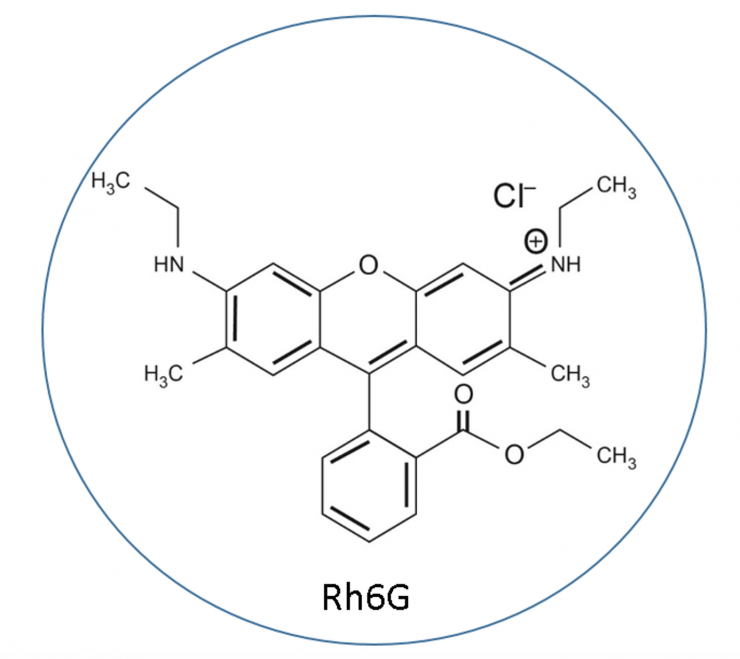Energy-Time Entangled Two-Photon Molecular Absorption
Dmitry Tabakaev, Matteo Montagnese, Géraldine Haack, Luigi Bonacina, Jean-Pierre Wolf, Hugo Zbinden, Rob Thew
Physical Review A 103, 033701 (2021)
A collaboration between: The Quantum Technologies group and the Biophotonics group, both at the University of Geneva,
You can read the full article here.
Our first results from the effects of entanglement on two-photon absorption in Rhodamine 6G have been published in Physical Review A!
Nonlinear spectroscopy and microscopy techniques are found in a wide range of applications across physics and biology, however these techniques usually rely on high-powered pulsed laser systems. A promising alternative is to instead exploit entangled two-photon absorption (ETPA), where the properties of entanglement lead to an enhanced absorption rate in a molecule compared to classical (i.e. non-entangled) two-photon absorption. However, following recent experimental studies, the role of different entangled degrees of freedom in ETPA was previously unclear when compared to earlier theoretical works.

These studies were done in a collaboration with the GAP Biophotonics group, and relied on their expertise in molecular photonics along with our common interest in nonlinear microscopy and spectroscopy, which are one of the main fields to benefit from ETPA. Indeed, the orders of magnitude increase in the process efficiency compared to two-photon absorption rules out any possible issues resulting from photodamage of the molecule, and opens nonlinear microscopy and spectroscopy methods up to a wider range of sensitive biological and medical samples, providing a better diagnostic and research tool for life scientists and medics.